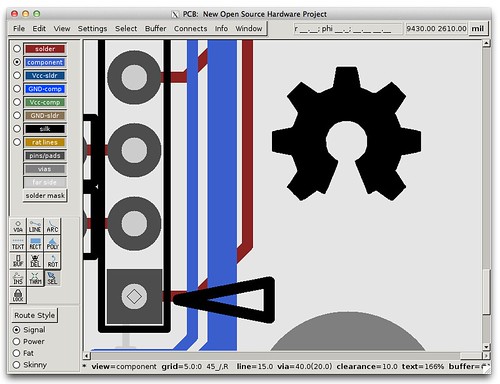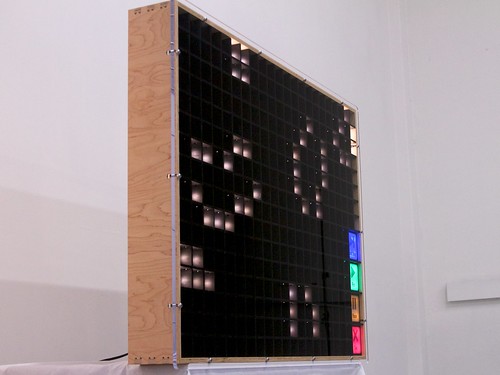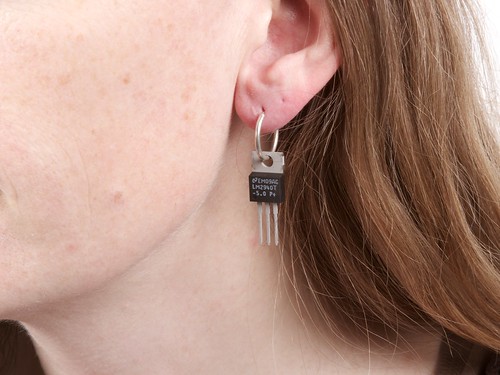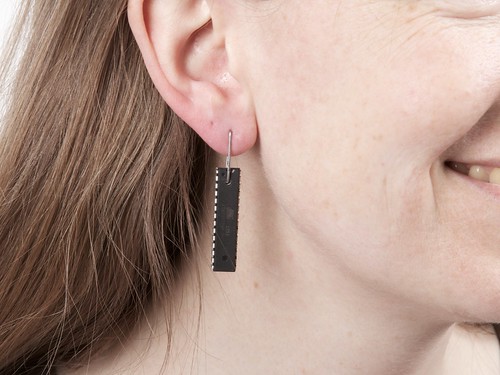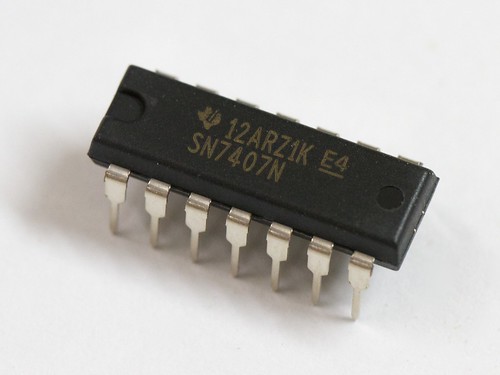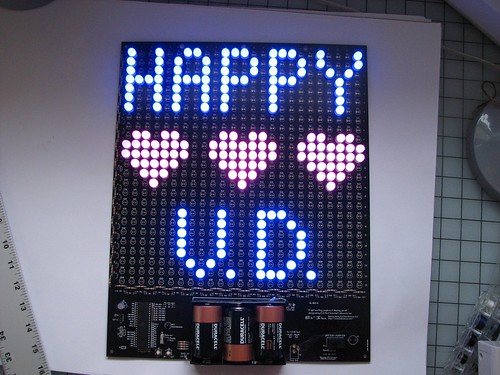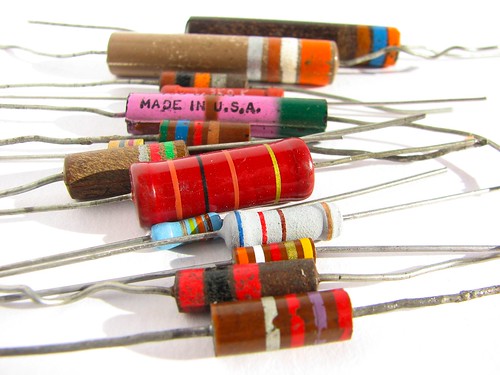OSHWA – The Open Source Hardware Association -Coming soon
organization (status pending) working to spread the love of open source hardware. We’re still deep in the process of
working out all the details, but please bookmark oshwa.org, and check back there for
upcoming news. OSHWA’s first project is a survey, “to better understand the Open Source Hardware community.” Catarina Mota has lead this project and created a survey along with David Mellis and John De
Cristofaro. The aggregate and anonymous results will be made publicly available in May. If you’re involved with the OSHW community, we’d invite you to take the survey.




